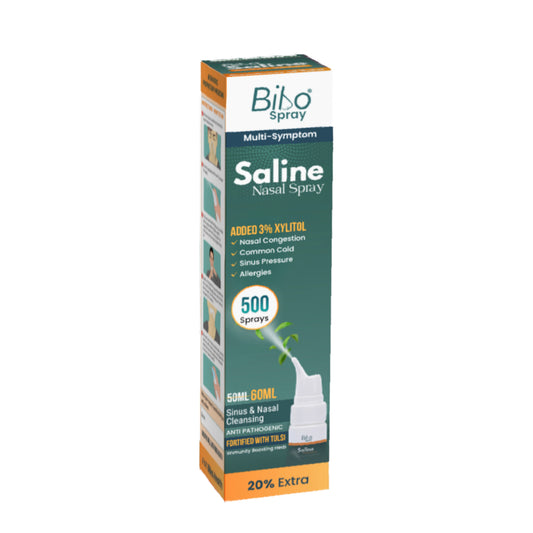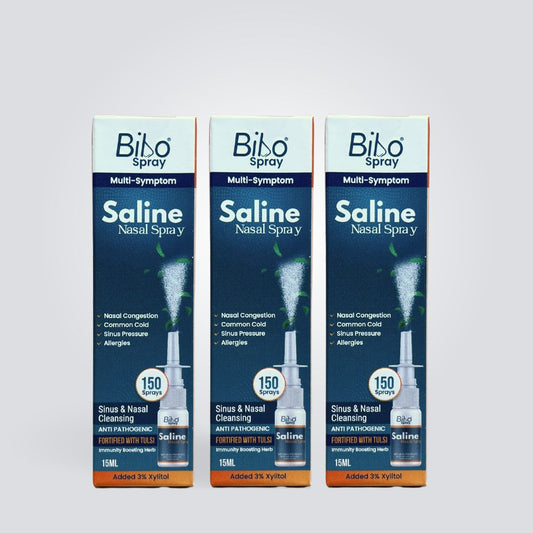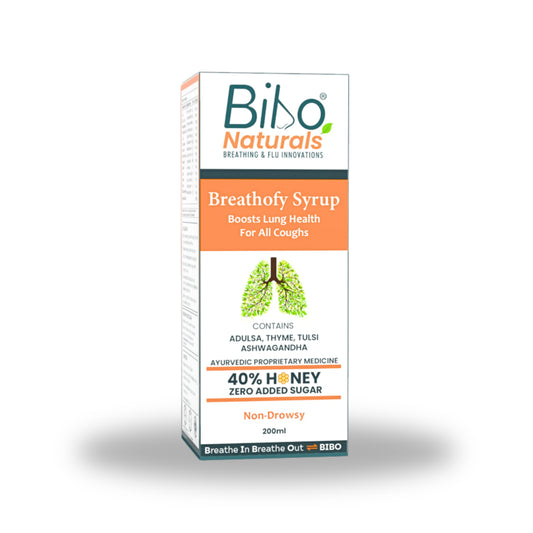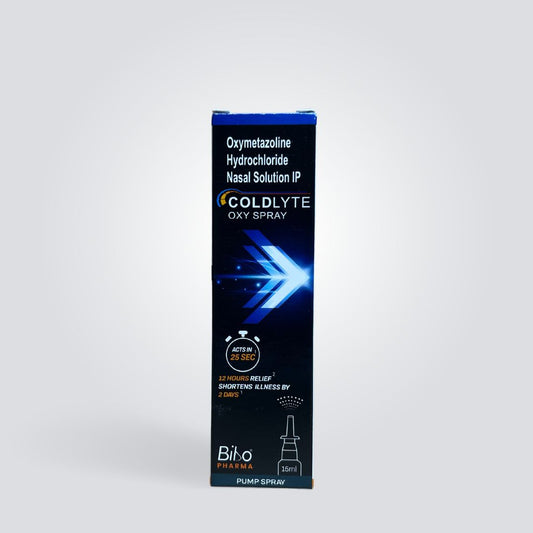
Blog written by: Sourav Pattanayak (M Pharm, MBA)
The body's instinctive function of coughing aids in clearing irritants, mucus, and foreign objects from the airways. It is a typical sign of a number of respiratory ailments and can be brought on by irritation or inflammation in the lungs, airways, or throat.
The procedure is taking a deep breath before forcing the air out of the lungs vigorously. The quick ejection of air relieves discomfort and returns breathing to normal by aiding in the removal of irritants or extra mucus from the respiratory system.
Types of cough
The two main types of coughs are-
Productive cough- A wet or chesty cough, often known as a productive cough, produces mucus or phlegm. It frequently occurs in conjunction with respiratory illnesses like pneumonia or bronchitis. When the mucus is present, the body is trying to clean the airways by secreting too much mucus.
Non-productive cough- A dry or unproductive cough, also known as a non-productive cough, does not result in the formation of mucus or phlegm. It may result from viral infections, allergies, or irritants. A prolonged dry cough may irritate the throat.
Acute or persistent coughing might occur. Acute coughs frequently result from respiratory infections or irritants and linger for a few days to a few weeks. On the other hand, chronic coughs last longer than eight weeks and may be a sign of a medical disease that needs to be examined and treated.
Different types of cough sound and their effect
Different coughing patterns can reveal information about the underlying cause of the ailment, aiding medical experts in the diagnosis and treatment of the problem. Here are some typical cough sounds and their possible causes.
Dry cough- A dry cough often does not result in the production of mucus or phlegm. It could have a sharp, chopping, or tickling sound. A chronic dry cough can irritate the throat and make you feel hoarse and uncomfortable. Allergies, viral respiratory infections, and irritants like smoke or dust are common causes.
Wet or productive cough- Mucus or phlegm is produced by a wet cough. It could make a clogged, rattling, or loose sound. Mucus is a sign that the body is attempting to rid the airways of extra secretions. The presence of bronchitis or pneumonia is frequently accompanied by a productive cough. A wet cough aids in mucus removal and provides momentary relief from chest congestion.
Barking cough- The distinctive cough of croup, a viral illness that inflames the upper airways, has a barking sound. The cough may be accompanied by a hoarse or raspy voice that sounds like a seal barking. Children are more likely to get croup, which can make breathing difficult and make a loud, metallic sound when inhaled.
Wheezing cough- When inhaling or coughing, there is a high-pitched whistling sound that is indicative of wheezing. It frequently occurs in conjunction with airway constriction brought on by diseases like asthma or chronic obstructive lung disease. Breathing difficulties and chest discomfort might be brought on by wheezing.
Whooping cough- Whooping cough, sometimes referred to as pertussis, is a bacterial ailment that is extremely infectious and causes violent coughing fits. When inhaling, a high-pitched "whoop" sound may be heard after coughing fits. Particularly in newborns and young children, whooping cough can cause consequences such as fatigue, breathing problems, and other issues.
A persistent cough- A persistent cough persists for longer than eight weeks. There are several potential reasons, such as postnasal drip and gastroesophageal reflux disease (GERD), asthma, or the negative effects of drugs. A persistent cough can make everyday tasks difficult, interfere with sleep, and make you tired.
Paroxysmal cough- An intense, uncontrolled paroxysmal cough is agonising and terrible. You could have breathing issues and possibly vomit. Pertussis or whooping cough is the most common cause of paroxysmal cough.
Phlegmy cough- Children and infants frequently have this sort of cough due to a common cold. Colds often last one to two weeks, however, the first few days are the most uncomfortable ones. The National Institute of Allergy and Infectious Diseases estimates that children get six to ten colds on average per year.
Antibiotics won't relieve a phlegmy cough since colds are brought on by viruses. Use a bulb syringe and saline nasal drops/spray if your child is too small to blow their nose to help thin the mucus. Giving them a warm bath and using a cool-mist humidifier can also be beneficial. You should see a doctor before applying vapor rub/patches to babies.
References
- Smith JA, Ashurst HL, Jack S, Woodcock AA, Earis JE. The description of cough sounds by healthcare professionals. Cough. 2006 Jan 25;2:1. doi: 10.1186/1745-9974-2-1. PMID: 16436200; PMCID: PMC1413549.
- Chung Y, Jin J, Jo HI, Lee H, Kim SH, Chung SJ, Yoon HJ, Park J, Jeon JY. Diagnosis of Pneumonia by Cough Sounds Analyzed with Statistical Features and AI. Sensors (Basel). 2021 Oct 23;21(21):7036. doi: 10.3390/s21217036. PMID: 34770341; PMCID: PMC8586978.
- Chung KF, McGarvey L, Song WJ, Chang AB, Lai K, Canning BJ, Birring SS, Smith JA, Mazzone SB. Cough hypersensitivity and chronic cough. Nat Rev Dis Primers. 2022 Jun 30;8(1):45. doi: 10.1038/s41572-022-00370-w. PMID: 35773287; PMCID: PMC9244241.




